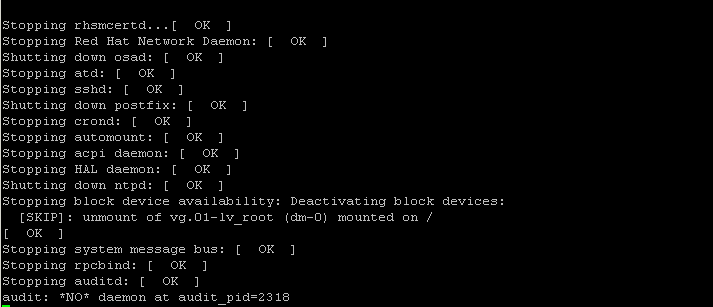Register in RHN after installation
-
 Gineesh Madapparambath
Gineesh Madapparambath
- Infrastructre & hardware, Utilities, Linux
- August 4, 2014
There are many situations where we need to register the host/server to RHN server manually, due to network issues, bad certificate/authentication or time difference on the host during installation.
Manual RHN registration is quite easy
- Check /etc/sysconfig/rhn/systemid file already exist, if YES delete the file
# rm /etc/sysconfig/rhn/systemid
- Register with the update agent using rhn_register
# rhn_register
Other useful RHN client commands
Sync configuration files from RHN serverrhncfg-client get <filename>
#or
rhncfg-client get #for all files.
To view the differences between the config files deployed on the system and those stored by RHN, issue the command:
rhncfg-client diff
To quickly determine if client configuration files are different than those associated with it via RHN, issue the command:
rhncfg-client verify
To View config channels
rhncfg-client channels

Gineesh Madapparambath
Gineesh Madapparambath is the founder of techbeatly. He is the co-author of The Kubernetes Bible, Second Edition and the author of Ansible for Real Life Automation. He has worked as a Systems Engineer, Automation Specialist, and content author. His primary focus is on Ansible Automation, Containerisation (OpenShift & Kubernetes), and Infrastructure as Code (Terraform). (Read more: iamgini.com)
Note
Disclaimer: The views expressed and the content shared in all published articles on this website are solely those of the respective authors, and they do not necessarily reflect the views of the author’s employer or the techbeatly platform. We strive to ensure the accuracy and validity of the content published on our website. However, we cannot guarantee the absolute correctness or completeness of the information provided. It is the responsibility of the readers and users of this website to verify the accuracy and appropriateness of any information or opinions expressed within the articles. If you come across any content that you believe to be incorrect or invalid, please contact us immediately so that we can address the issue promptly.
